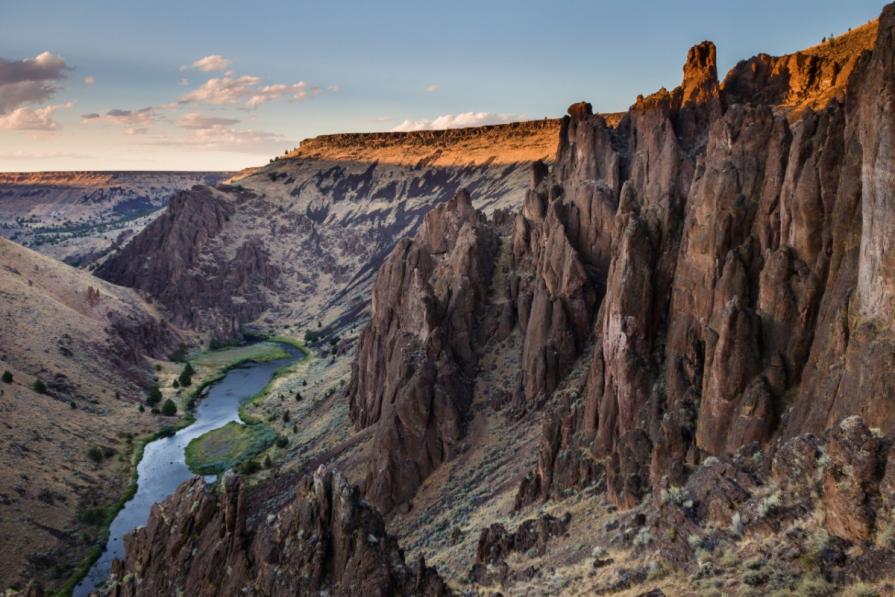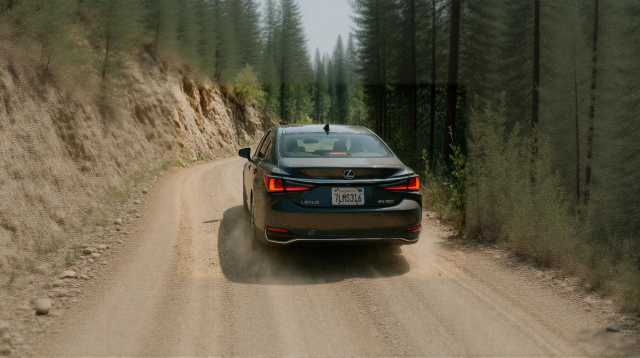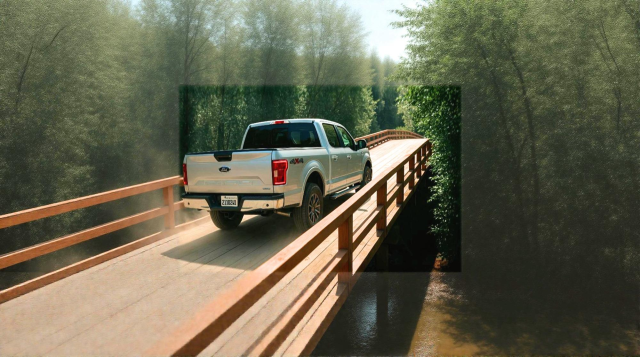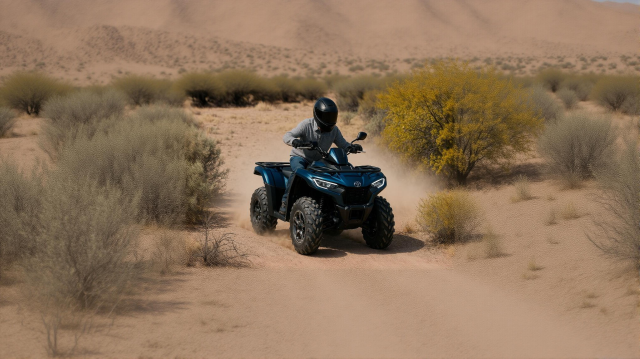
Byways
Rediscover the splendor of the West’s public lands by traveling the adventurous “off-the- beaten-path” routes of the Bureau of Land Management’s Back Country Byways. As a unique part of the National Scenic Byways Program, Back Country Byways can lead you on less-traveled roads through alpine meadows and soaring mountains to sagebrush prairie and saguaro cactus desert.
BLM Back Country Byways by State
- Arizona
- California
- Colorado
- Alpine Loop National Back Country Byway
- Gold Belt Tour Scenic and Historic Byway
- Los Caminos Antiguos Scenic and Historic Byway
- Idaho
- Lewis and Clark Back Country Byway
- Main Oregon Trail Back Country Byway
- Owyhee Uplands Back Country Byway
- Montana
- Big Sheep Creek Back Country Byway
- Big Sky Back Country Byway
- Garnet Back Country Byway
- Missouri Breaks Back Country Byway
- Nevada
- Bitter Springs Back Country Byway
- California Trail Back Country Byway
- Fort Churchill to Wellington Back Country Byway
- Gold Butte Back Country Byway
- Lovelock Cave Back Country Byway
- Lunar Crater Back Country Byway
- Mt. Wilson Back Country Byway
- Red Rock Canyon Back Country Byway
- New Mexico
- Oregon
- Christmas Valley Back Country Byway
- Cow Creek Back Country Byway
- Diamond Loop Back Country Byway
- Galice to Hellgate Back Country Byway
- Grave Creek to Marial Back Country Byway
- Lakeview to Steens Mountain Back Country Byway
- Lower Crooked River Back Country Byway
- Lower Deschutes River Back Country Byway
- Nestucca River Back Country Byway
- Quartzville Back Country Byway
- Snake River-Mormon Basin Back Country Byway
- South Fork-Alsea River Back Country Byway
- South Fork John Day River Back Country Byway
- Steens Mountain Back Country Byway
- Utah
- Wyoming
Back Country Byways include four types of travel routes:
- Type 1: Roads that can accommodate normal touring cars.
These roads are paved or have an all-weather surface and have grades that are negotiable by a normal touring car. These roads are usually narrow, slow speed, secondary roads.
- Type 2: Roads that require high-clearance type vehicles.
These roads are usually not paved but may have some type of surfacing. Grades, curves and road surfaces are such that they can be negotiated with a two-wheel drive high clearance vehicle without undue difficulty.
- Type 3: Roads that require 4-wheel drive vehicles or other specialized vehicles such as dirt bikes, all-terrain vehicles (ATV’s), etc.
These roads are usually not surfaced. However, the roads are maintained for safety and resource protection purposes. They have grades, tread surfaces and other characteristics that will require specialized vehicles to negotiate.
- Type 4:Trails managed to accommodate dirt bike, mountain bike, snowmobile or ATV use. They are usually single-track trails. Please take care of yourself and the environment
- Check weather and road conditions ahead of time
- Bring area-specific maps and route descriptions
- Carry plenty of water
- Bring adequate fuel
- Carry a spare tire, jack, tools, shovel, blanket, etc.
- Remember that signing and fencing are for your safety
- Tread Lightly on the land
For more information about 'Leave No Trace' and for travel tips visit treadlightly.org



